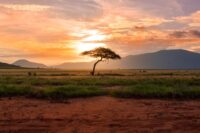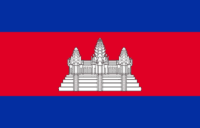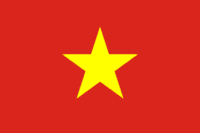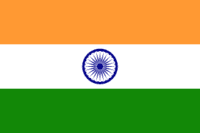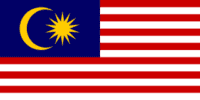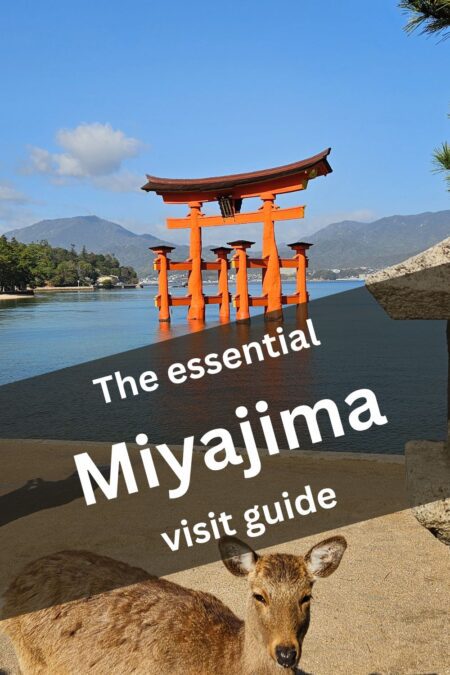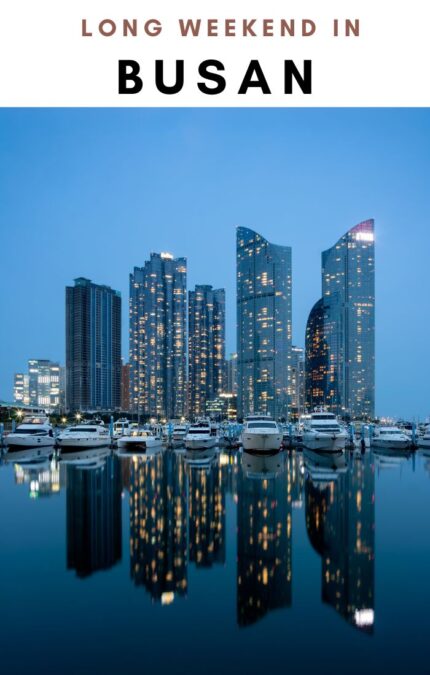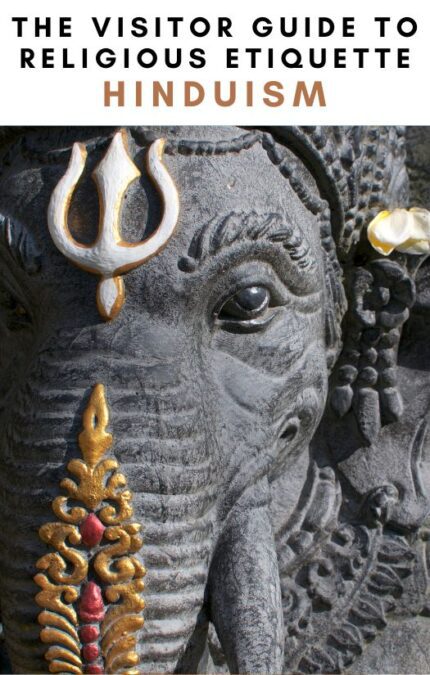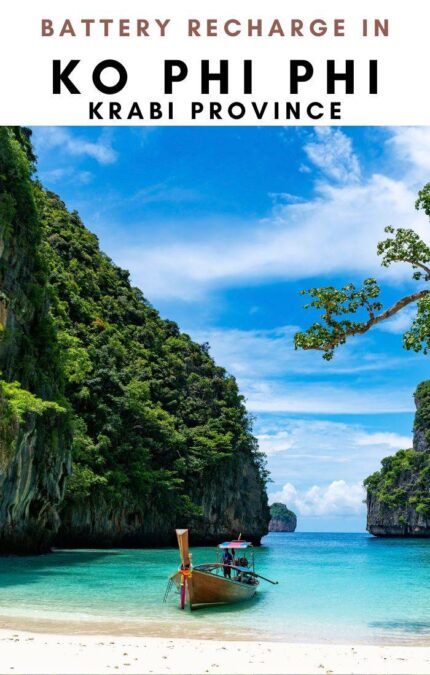Asia is commonly considered a continent on its own but since there is no definite geographical separation between Asia and Europe, it can also be referred to as Eurasia.
The continent also has loose boundaries with Africa and Oceania, and as such, it comprises the most different cultures and populations.
It is the largest and most populous continent on Earth and spans the most time zones, from the Middle East to the Far Orient.
In some ways, it can be said that Asia holds it all.
Facts & Trivia
(updated 2021)
The Gobi desert is the largest desert in Asia and the fifth largest desert in the world. Spanning across countries such as Mongolia, China, and parts of Russia, this is a cold desert where the temperatures can be very low and can reach below -40 degrees Celsius during the winter, sometimes even triggering snowfall in some locations.
The Caspian Sea is the largest inland body of water in the world, covering a whopping 373,000 sq km and it’s not actually a lake but a giant saltwater sea. The coastline is shared by five countries: Russia, Turkmenistan, Kazakhstan, Azerbaijan and Iran. It’s also one of the deepest, with a maximum depth of more than 1,000 m/3,300 ft! Baku, the largest city in the South Caucasus and the capital of Azerbaijan, is located along the Caspian Sea’s eastern coast and it’s one of the most popular destinations in the region.
Mount Everest is located in the Himalayan mountain range, on the border of Nepal and Tibet, China. At 8,849 metres (29,035 ft) above sea level, it is the highest mountain in the world. The Himalayas are the source of many of Asia’s largest rivers and host a diverse range of wildlife ranging from tigers, snow leopards and red pandas to a multitude of unique bird species. It is also home to several indigenous peoples such as the Sherpa and Tibetan people, who have a long and deep cultural history which is intricately tied to the mountain.
The Yangtze River is the longest river on the Asian continent, stretching over 6,300 km/ 3,915 miles. It is not only the longest river in China but is also the third longest in the world after the Amazon and the Nile. The Yangtze is one of the most important rivers in the world, not only for its length but also for its economic, cultural and ecological importance. It provides shipping routes, irrigation for crops, and much of its tributary region is inhabited by valuable native species.
Borneo is an incredibly large and diverse island. The third largest in the world, it is located in South-East Asia and is divided among three countries – Malaysia and Bronei to the north and Indonesia to the south. Home to a wide range of flora and fauna, this island is renowned for its deep tropical rainforests and is famous for the Bornean Orang-Utan, a protected species that is endemic to the region. There are diverse plants, endemic species, and incredible wildlife that can only be found on this majestic island.
Islam, Hinduism, Buddhism, Taoism, Confucianism and other lesser-known religions are the main religions found in Asia. Of these, Islam is by far the most widely followed religion in the region. Judaism and Christianity, however, are practised by smaller populations. Despite the dominance of the major religions, there are still pockets of minority religious groups which contribute greatly to the cultural and social diversity of the region.
Main natural resources in Asia are minerals such as aluminium, tin, coal, gold and iron ore but Arab countries also are rich in fossil fuels as they have the world’s largest deposits of natural gas and oil. Saudi Arabia is the world’s largest oil producer, an invaluable commodity to the world economy. Interesting fact: The country of Bhutan in the Himalayas produces most of the renewable energy through hydropower, making them a leader in the field of sustainable energy production.
China is ahead of the US for cities with more than 1 million inhabitants, boasting an incredible 160 cities to the US’ 10. This is a massive difference, and further demonstrates the population boom that China has experienced in the last few decades. Furthermore, it is estimated that the population of China will peak at around 1.45 billion by 2030.
Great Wall in China
Grand Palace in Bangkok/Thailand
Kyoto and the cherry bloom in Japan
Hagia Sophia in Turkey
Gardens by the Bay in Singapore
Taj Mahal in India
Petra in Jordan
Petronas Twin Towers in Malaysia
Jeju island in South Korea
Bali island in Indonesia
Safety indices
From the blog
Countries
All articles in Asia
Shibazakura festivals. Admiring An Enchanting Spectacle Beyond Cherry Blossoms
Itsukushima & Miyajima – Essential tips to enjoy the magic island of Japan
Busan
Seoul
The visitor guide to religious etiquette: Hinduism
Where to stay in Abu Dhabi: Best hotels for all budgets
Abu Dhabi
Phi Phi Islands
Sakura in Japan – Best places and festivals to enjoy the cherry blossom season
Matsumoto Castle – Essential Tips to Enjoy the Black Crow Castle to its Fullest
Himeji Castle – Essential Tips to Enjoy the White Heron Castle to its fullest
Tokyo 101. A Comprehensive Guide to Japan’s Capital
Browse other continents
